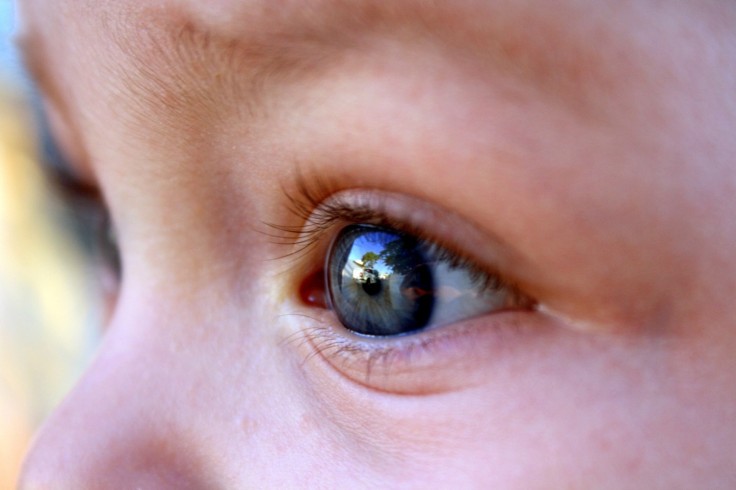
During the first few months of the infants' lives, only objects 8 to 10 inches from their faces are visible. Their eyesight starts to improve at 12 to 16 weeks, and they begin seeing things more clearly and further away.
Kids then develop depth perception, eye-body coordination, eye-hand coordination, and the ability to evaluate distances over the next year of their lives.
Children's vision usually has issues between 18 months and four years old. It commonly comes in the forms of amblyopia or lazy eye and strabismus or crossed eyes. The latter affects more than 5 per cent of children, making it the most common visual issue amongst young children. A child with extremely long-sighted eyesight also affects more than 3 percent of children, which can be corrected by prescription glasses. But, it can also be corrected over time without any treatment. On the other hand, uneven focus, wherein one eye is more farsighted than the other, usually affects 2- to 3 percent of kids.
Dr. Mary Collins, a pediatric ophthalmologist in Maryland, says that vision problems among kids are difficult to detect as they don't know yet if their vision is compromised. They will assume that they just see things that way as it is something they've ever known, per Web MD.
How long will it take for your child's vision to improve?
There is no exact week and days for your child's eyesight to improve, but vision treatments will last until the weak eye is better. Many kids wear an eye patch for a year, while for some, the treatment can take longer as their brain slowly makes new connections.
Dr. David Epley, a pediatric ophthalmologist in Washington, says that compliance with patching is difficult. When one of the child's eyes is covered with a patch, they are forced to see things even poorly. Not knowing the consequences, kids may have meltdowns, frustration, and tantrums for the first week and sometimes for a month.
Hence, Epley reminds parents that no matter what the difficulties are, bear in mind that such treatments are for the betterment of the child's eyesight and vision. A child's vision will improve if they follow the advised treatment. Although it might seem complicated, it works well for the child to restore their eyesight.
The brain wiring causes poor eyesight, and the wiring is at fault.
American Optometric Association (AOA) suggests parents have their child get a thorough in-person optometric examination between the ages of three and five to ensure that the vision is developing properly and there's no trace of any disease.
Prescribe treatment which may include wearing eyeglasses
Kids Health suggests protecting your eyes is just like wearing a seatbelt to protect yourself when in the car. Wearing sunglasses is one of the ways to care for your vision, especially since UV (Ultraviolet) light can cause long-term damage to the inner structure of the eye. Thus, sunglasses with UV protection helps protect the eyes from the sun. UV exposure can lead to cataracts and macular degeneration.
Related Article : Study: Too Much Screen Time is Harmful to Children's Overall Health